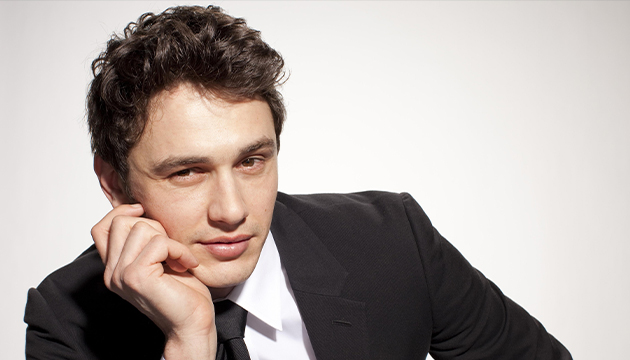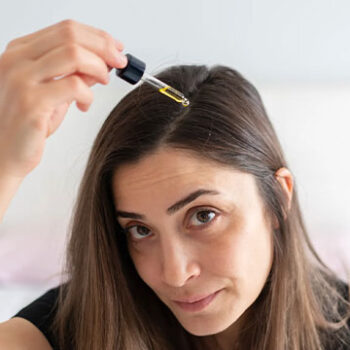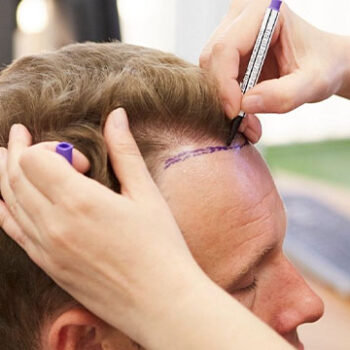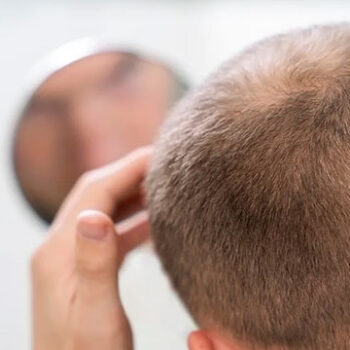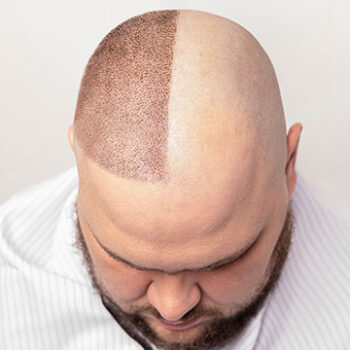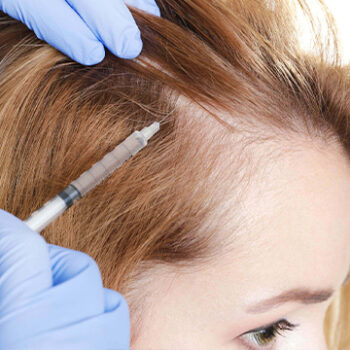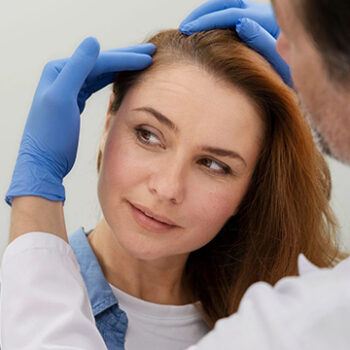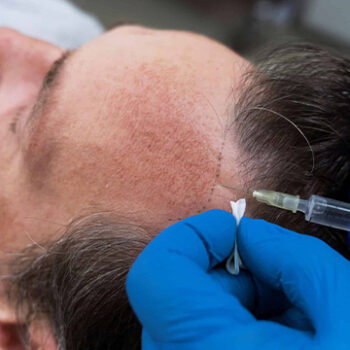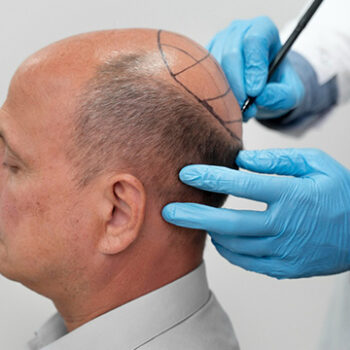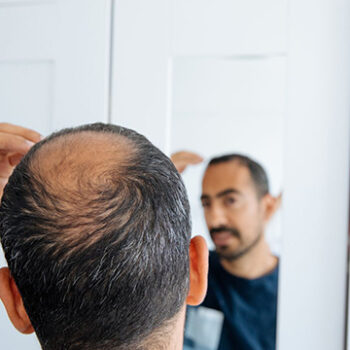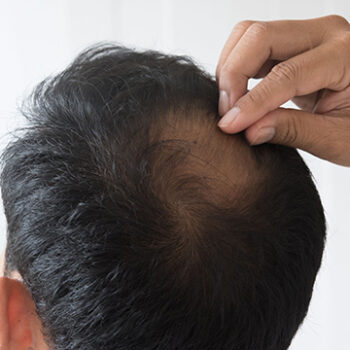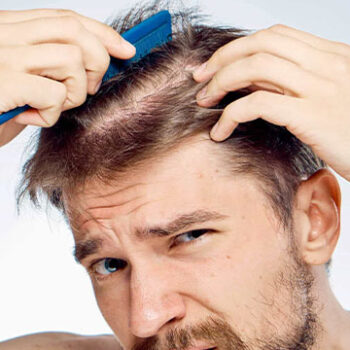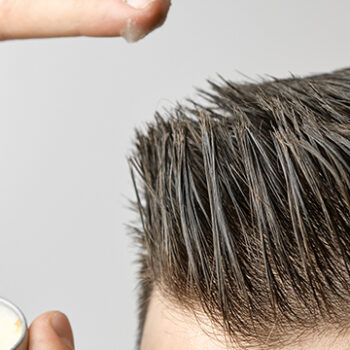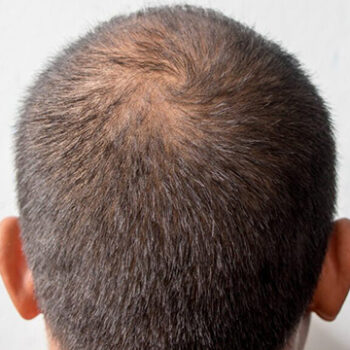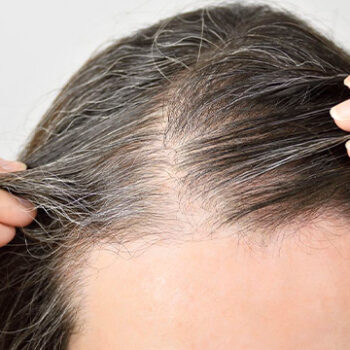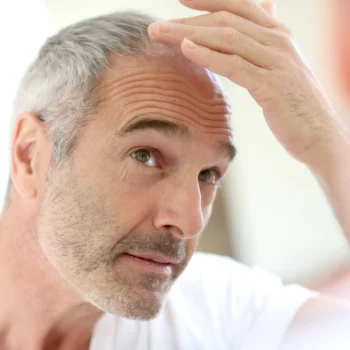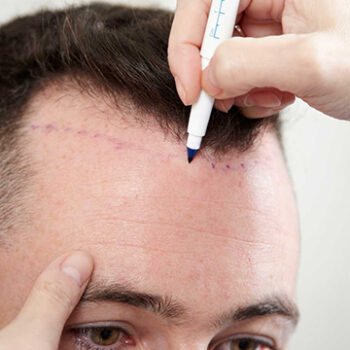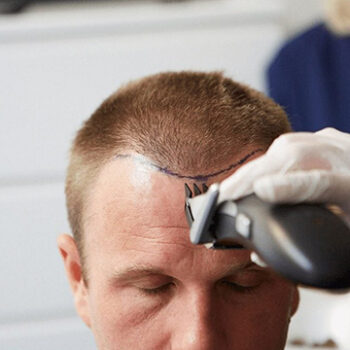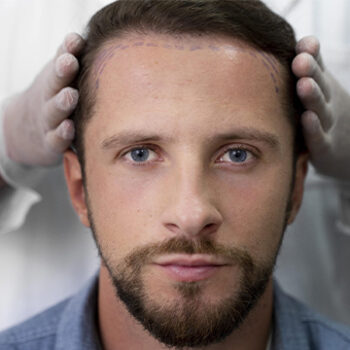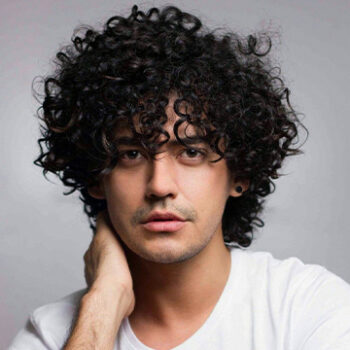When Can You Exercise After Hair Transplantation?
After a hair transplant, patients must follow a specific recovery plan to protect the newly implanted grafts. Engaging in physical activities too soon can interfere with the healing process. Exercise increases blood flow to the scalp and induces sweating, both of which can pose risks to the fragile grafts in the early stages of recovery. Therefore, it is essential to know when and how to resume physical activity after hair transplantation.
Can I Exercise After a Hair Transplant?
While exercise is beneficial for overall health, it is recommended to avoid strenuous physical activities in the first few weeks following a hair transplant. Vigorous movements can increase blood pressure and heart rate, leading to swelling or dislodging of grafts. Sweating can also irritate the scalp, making it more prone to infections or delayed healing.
Patients are generally advised to rest and avoid intense activities during the initial recovery phase to ensure the best outcome. Light exercises can gradually be reintroduced based on the timeline suggested by the surgeon.
When Can I Resume Exercise?
The timeline for returning to exercise depends on the patient’s recovery progress. Below is a general guideline for resuming different types of physical activities:
1. First Week – Rest and Recovery
- Avoid all types of exercise, including walking for long distances.
- Focus on resting to allow the grafts to settle securely.
- During this phase, any strain or increased blood pressure could negatively affect the healing process.
2. After 7-10 Days – Light Walking
- You can start short, gentle walks if your scalp shows signs of proper healing.
- Avoid sweating and be cautious to keep the scalp cool and dry.
- Wear a loose-fitting hat if going outside to protect the scalp from sun exposure.
3. After 2-3 Weeks – Low-Intensity Exercises
- You can gradually resume low-impact exercises, such as yoga or light cycling.
- Avoid activities that cause sweating or require sudden head movements.
- Continue to avoid contact sports, running, or weightlifting.
4. After 1 Month – Moderate Physical Activity
- At this point, you can engage in moderate activities like jogging or swimming (with your surgeon’s approval).
- Ensure the transplanted area is fully healed and free of scabs.
- Be mindful of any discomfort and adjust your workout intensity as needed.
5. After 6-8 Weeks – Full Exercise Routine
- You can return to your regular exercise routine, including weightlifting and high-intensity workouts.
- Avoid head trauma or contact sports unless your doctor clears you for such activities.
- Continue to protect your scalp from excessive sun exposure and follow all post-transplant care instructions.
Exercise plays an essential role in overall well-being, but timing is crucial after hair transplantation. Starting physical activity too early can disrupt the healing process and affect the success of the transplant. Light exercises like walking can be introduced after the first 7-10 days, while more intensive workouts should be postponed for at least a month. Always consult with your surgeon before resuming any physical activity to ensure your scalp has healed properly and your grafts remain intact.

 English
English Français
Français Deutsch
Deutsch Türkçe
Türkçe 中國人
中國人